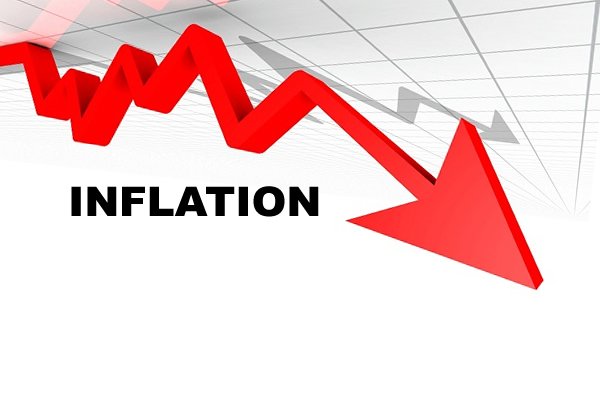In this digital age, countless services and solution providers span every field and industry. Businesses often face an overwhelming task in selecting the best provider for their unique needs. As a company, how do you make an informed decision? One answer lies in understanding and effectively leveraging a request for proposal (RFP). Below, we dive into the world of RFPs, their importance, structure, and strategies for both writing and responding to them. Keep reading for a comprehensive guide on all things RFP.
Decoding the Basics of an RFP

Alt text: Businessman holding pen and filling out request for proposal
At its core, an RFP is a document that an organization sends to potential vendors inviting them to submit a proposal that outlines their solution and details how it can fulfill a specific project or program’s needs. A well-crafted RFP provides a detailed and precise explanation of the project’s requirements, objectives, and expected outcomes. This ensures that all vendors are on the same page and competing on a level playing field.
In addition, an RFP offers vendors the chance to highlight their skills, experience, and unique selling points. This can often form the basis of a compelling business proposal geared towards winning the project contract. Drafting an RFP and responding to one is no small task; it requires a thorough understanding of your own organization’s needs, the solution offerings in the market, and the strategic considerations needed to make an informed choice.
So, why is an RFP important? It helps organizations save time and resources by simplifying the vendor selection process. Instead of spending countless hours researching and interviewing potential vendors, companies can directly address specific vendors with a precise set of requirements. A well-executed RFP process can lead to successful long-term partnerships that enhance business performance.
The Structure of an RFP: What to Include
A robust RFP is structured, detailed, and clear. It provides potential vendors with all the information they need to understand your project or requirement. This information typically includes the project’s background, objectives, scope, timeline, and budget, among other things. Additionally, the RFP should also outline the proposal submission guidelines, such as the format, length, and deadline for submission.
It’s also essential to include an accurate and detailed scope of work. This section should detail the tasks, deliverables, and timeline expected from the vendor. It’s especially crucial to establish clear criteria for vendor evaluation in the RFP. This will ensure you receive bids that align with your standards and requirements. Remember, ambiguity or vagueness can lead to vendor confusion, resulting in proposals that miss the mark.
Involving the right stakeholders while drafting an RFP is also crucial. It can help ensure that all key considerations are included and that the RFP accurately reflects your organization’s needs and goals. Finally, you can include an opportunity for vendors to ask questions or seek clarifications. This allows for a robust and well-informed proposal submission process. To streamline and simplify your RFP process, you can also make use of an RFP software solution.
Strategies for Writing an Effective RFP

Alt text: A desk with a mug and paperwork drafting a request for proposal
Writing an RFP requires strategic thinking and careful planning. Clarity and specificity are key. Providing as much detail as you can about your project or requirements will help vendors deliver high-quality proposals that closely match your needs. It’s essential to lay out a clear project timeline, specifying key milestones and deadlines. This shows vendors that you appreciate their time and are respectful of deadlines, fostering a professional working relationship from the start.
Another important concern is the budget. Be transparent about your budget constraints. This will help vendors tailor their solutions and pricing to fit your financial limits. Including an evaluation criteria section in your RFP provides vendors with a clear understanding of what you value most in a proposal. It could be cost-effectiveness, innovation, expertise, past performance, responsiveness, or a combination of factors. Clearly defining these criteria can help you attract the right kind of proposals.
Furthermore, engaging with potential vendors during the RFP process can pay off. You can include a Questions and Answers (Q&A) section in your RFP, or schedule a bidder’s conference, where potential vendors can ask clarifying questions. This not only improves the quality of proposals but also creates a dialogue that deepens mutual understanding and fosters better business relationships.
Overall, the RFP process is a vital strategic tool. By helping companies identify and select the best vendors for their needs, facilitating essential business partnerships, and driving improved organizational performance, the RFP is an essential component of modern business strategy.
The post What Is a Request for Proposal? appeared first on Easy Info Blog.






